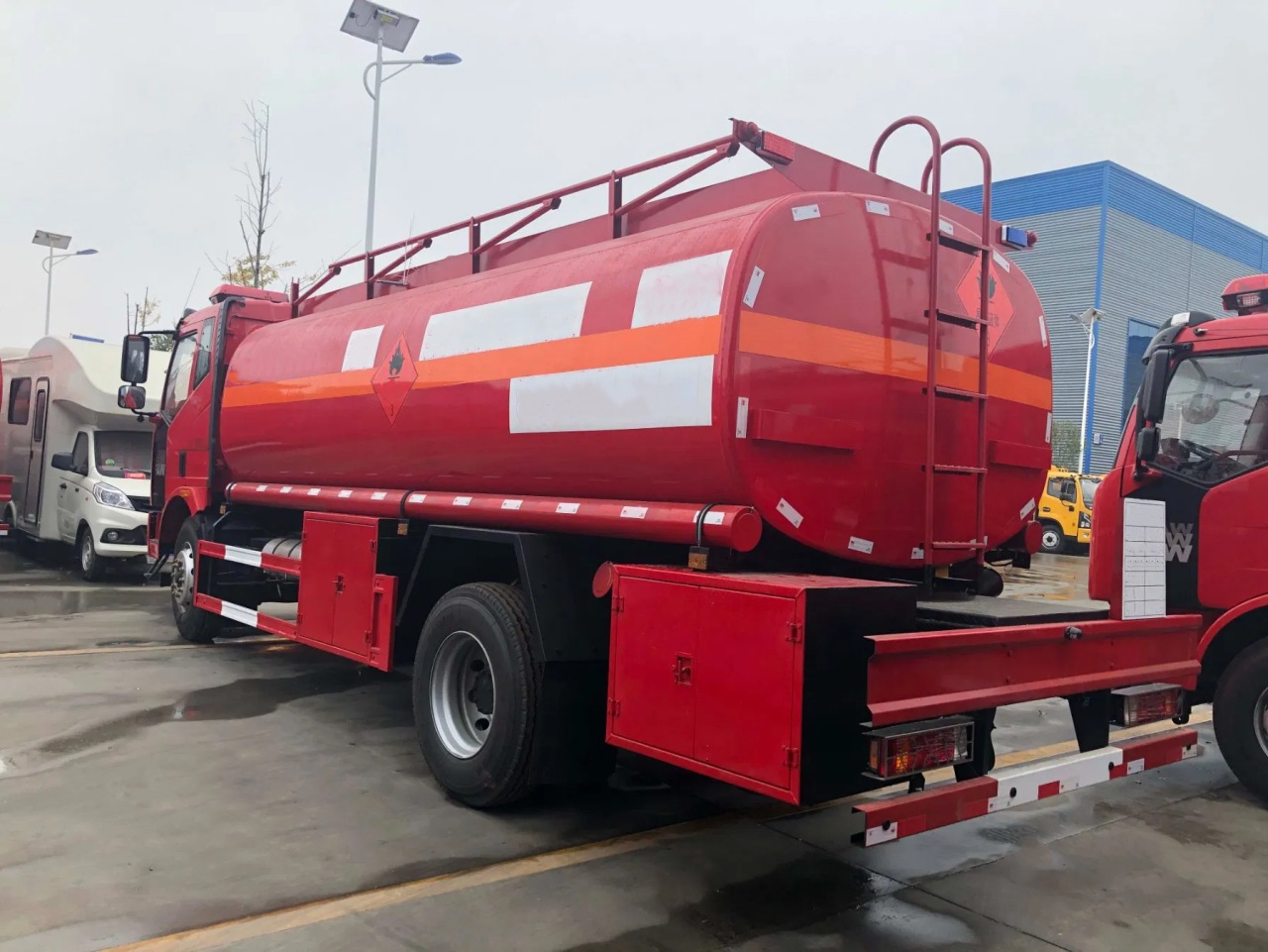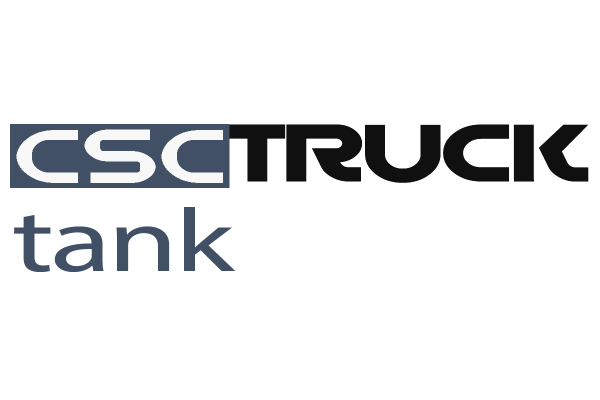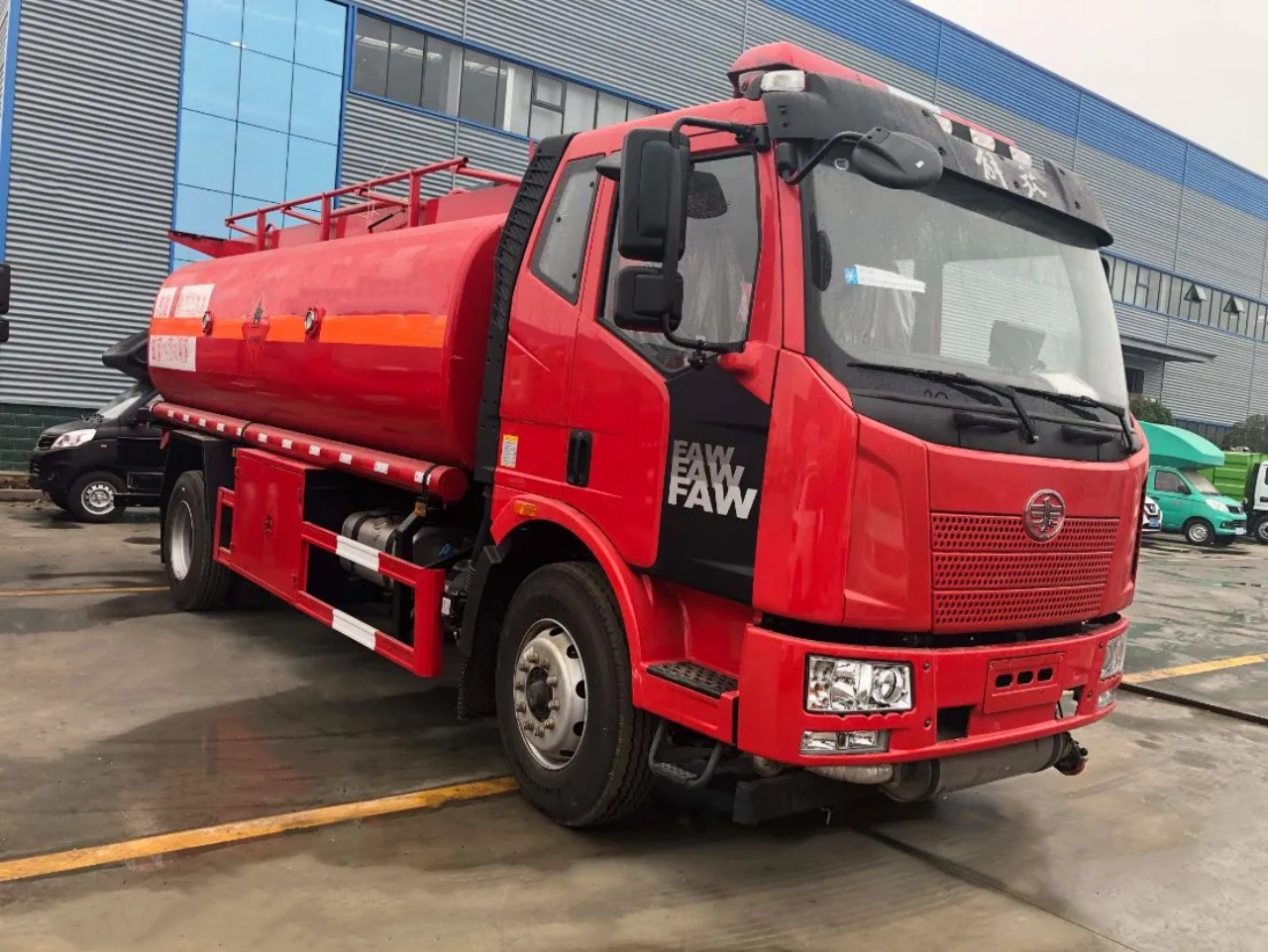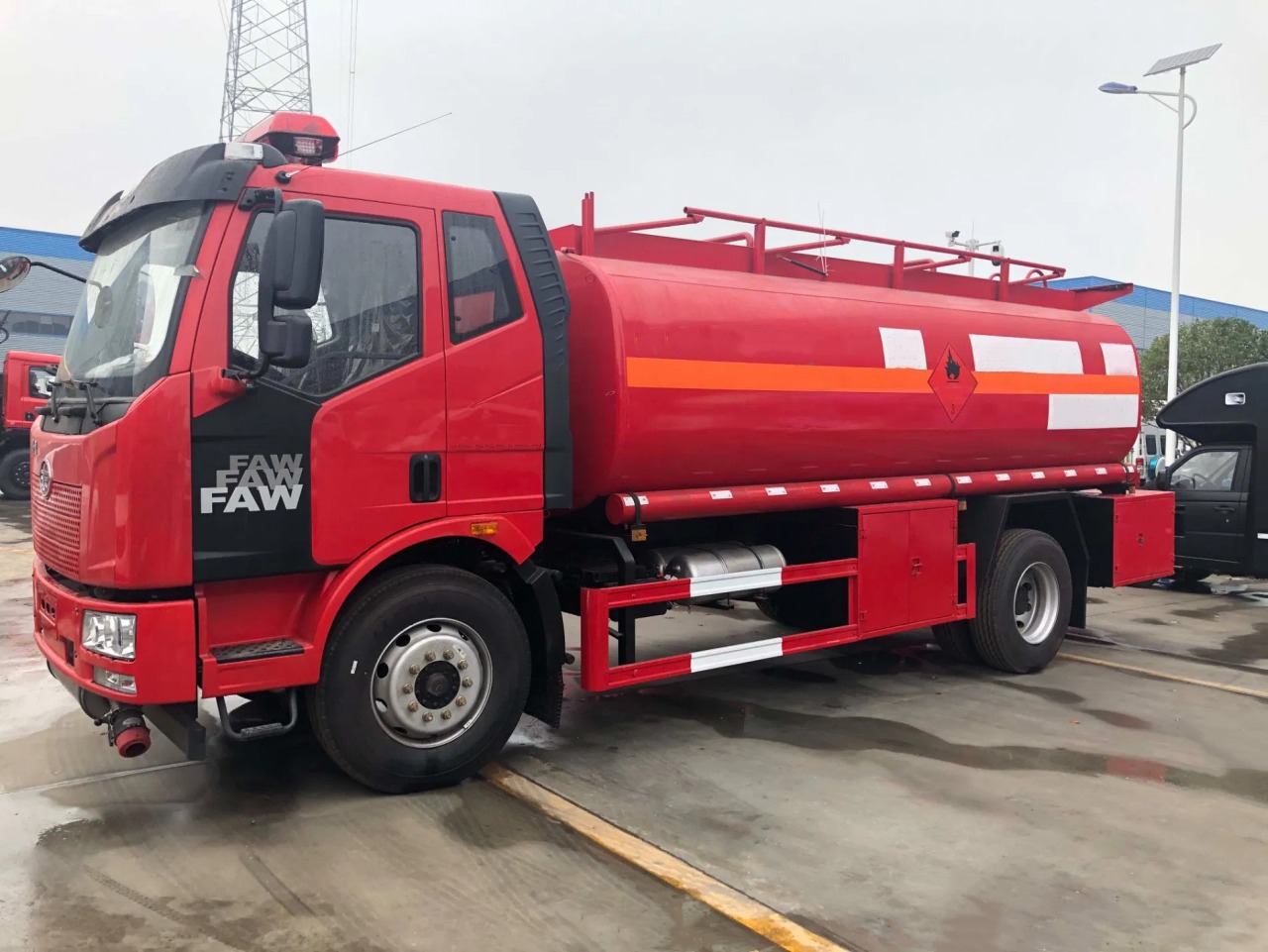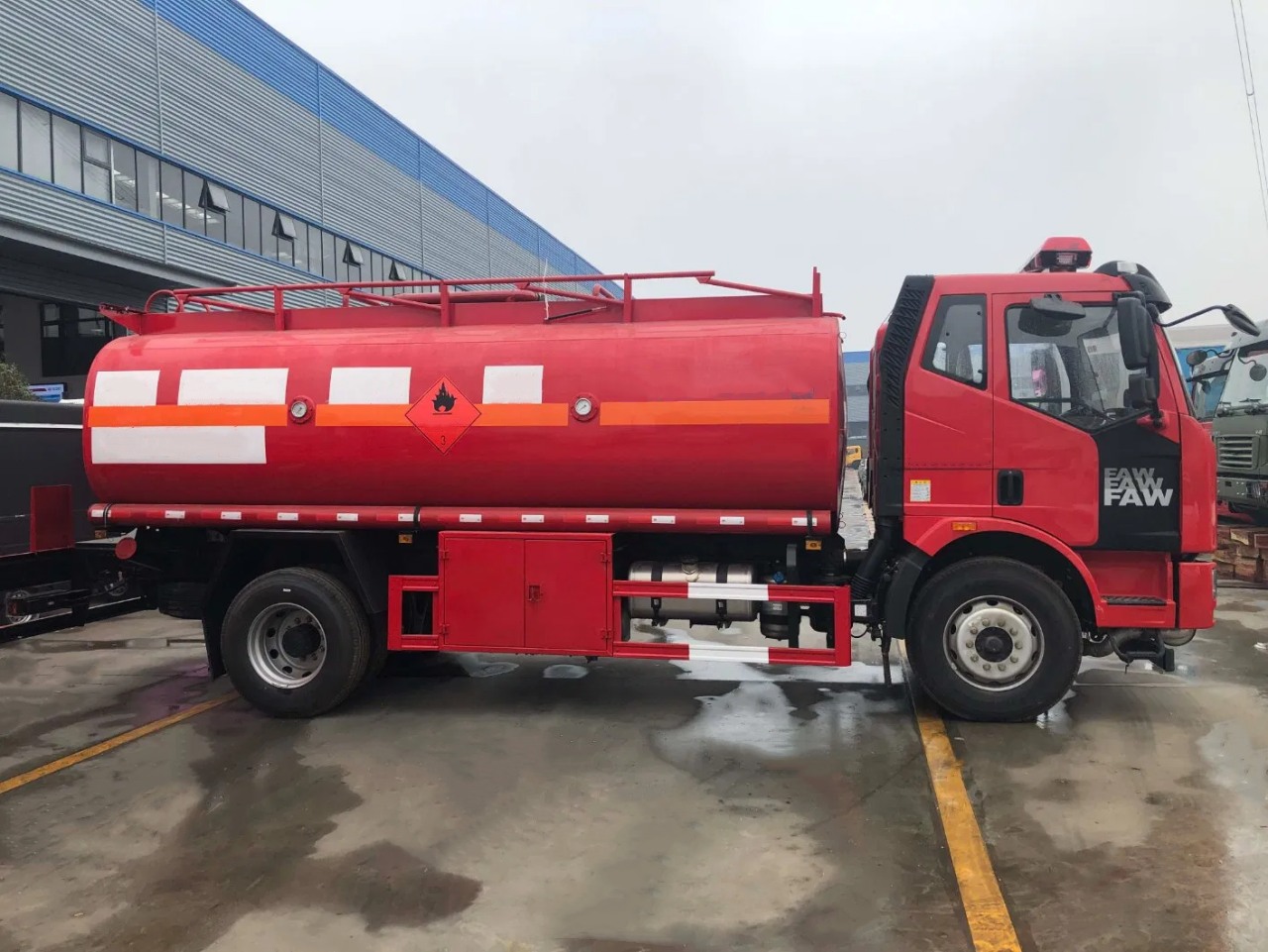When we think about the vehicles that keep our world running—transporting goods, people, and power—fuel trucks often play a behind-the-scenes but critical role. These specialized trucks ensure that gasoline, diesel, aviation fuel, and other petroleum-based products are safely and efficiently delivered to the locations where they’re needed. But have you ever wondered what a fuel truck is called?
The answer is not as simple as it might seem, because “fuel truck” is a broad term that encompasses a variety of specialized vehicles designed for different types of fuel transport. These vehicles go by several names depending on their function, design, and the industry they serve. Let’s take a closer look at the terminology, functions, types, and significance of fuel trucks.
General Terminology
Fuel Truck is the generic term most people use, but within the industry and among professionals, more specific names are used depending on the truck’s configuration and purpose. Here are some of the most common terms used to refer to fuel trucks:
- Fuel Tanker – A general term for any truck that carries fuel in a large tank. This can refer to both rigid-body trucks and semi-trailers.
- Tank Truck – Often used interchangeably with “fuel tanker,” this term emphasizes the vehicle’s large cylindrical tank mounted on the chassis.
- Fuel Bowser – Common in the UK and parts of Asia, “bowser” is used for smaller fuel dispensing vehicles, especially those used at airports or construction sites.
- Tanker Truck – This is another umbrella term used to describe trucks that carry liquids in bulk, including fuels, water, milk, chemicals, and more.
- Aviation Refueler – A specialized type of fuel truck used exclusively to refuel aircraft. These are often equipped with filtration systems and high-flow nozzles.
- Fuel Delivery Truck – A term used when the vehicle is designed to deliver fuel directly to customers, such as homes or businesses.
- Petroleum Tank Truck – A term used more frequently in the petroleum industry, especially for trucks transporting gasoline, diesel, or crude oil.
Each of these names has a distinct context where it’s most appropriate, and professionals usually use the most specific term that applies to the job at hand.
Purpose and Function
Fuel trucks are designed for 1 primary purpose: To transport fuel safely and efficiently. But the actual functions they perform can vary widely. Here are the main roles that fuel trucks fulfill:
- Bulk Transport: Fuel tankers are used to move large volumes of fuel from refineries or fuel terminals to gas stations or depots.
- On-Site Refueling: Smaller fuel trucks, often called bowsers, are used to refuel vehicles and machinery directly at the site, common in construction, mining, and farming operations.
- Aviation Refueling: Specialized trucks deliver jet fuel to airplanes at airports and often include complex fueling systems to handle high-flow requirements.
- Residential/Commercial Delivery: In colder regions, fuel trucks deliver heating oil to homes and businesses, which is essential for winter heating.
Types of Fuel Trucks
Fuel trucks come in a variety of configurations, each suited to specific tasks and logistical requirements. The most common types include:
1. Rigid Fuel Tank Trucks
These are single-body trucks where the cab and tank are mounted on the same chassis. They are typically used for shorter distances and smaller loads, often under 5,000 gallons. Rigid trucks are commonly seen delivering fuel to rural gas stations or construction sites.
2. Fuel Tank Semi-Trailers
These trucks have a separate tractor and trailer and are used for long-distance hauling of large volumes of fuel, often up to 11,000 gallons or more. They are the workhorses of the petroleum logistics industry, moving fuel from refineries to distribution terminals or large retail gas stations.
3. Aviation Refuelers
These trucks come in both rigid and semi-trailer versions but are equipped with aviation-grade nozzles, meters, and filtration systems. They are a common sight on airport tarmacs, fueling everything from private jets to commercial airliners.
4. Mini Fuel Trucks
These are compact units, sometimes mounted on pickup chassis or small trucks, and used for tight urban areas or quick-response fueling needs. They might hold just a few hundred gallons and are often used for emergency services or fleet refueling.
5. Off-Road Fuel Bowser
Used in industries like mining, agriculture, and military operations, these vehicles are built for rough terrain and can refuel equipment where no other fuel supply is available. They are often heavily reinforced and sometimes armored.
Construction and Safety Features
Fuel trucks are engineered with safety as a top priority, given the flammable and hazardous nature of their cargo. Key construction and safety features include:
- Aluminum or Stainless-Steel Tanks: These materials are corrosion-resistant and help maintain fuel purity.
- Multiple Compartments: Most fuel tankers are divided into compartments to allow for the transport of different fuel grades in a single trip.
- Vapor Recovery Systems: These systems capture harmful vapors during loading and unloading to protect both the environment and workers.
- Emergency Shut-Off Valves: These allow the driver or crew to quickly stop the flow of fuel in the event of a spill or accident.
- Anti-Surge Baffles: These are internal plates that reduce the movement of liquid within the tank, enhancing stability and reducing the risk of rollover.
Regulations and Licensing
Driving a fuel truck requires more than a standard commercial driver’s license. Operators must typically have:
- A Commercial Driver’s License (CDL) with a Hazardous Materials (HazMat) endorsement.
- Specialized training in fuel handling and spill response.
- Familiarity with Department of Transportation (DOT) regulations and Environmental Protection Agency (EPA) guidelines.
In many jurisdictions, fuel truck operators must also pass periodic safety audits and vehicle inspections to ensure compliance with local laws and international safety standards.
The Role of Fuel Trucks in Modern Logistics
Fuel trucks are vital to a wide array of sectors. Without them, gas stations would run dry, aircraft couldn’t take off, construction sites would grind to a halt, and homes in rural areas might go without heating. In essence, fuel trucks act as the arteries of our fuel distribution network, ensuring that energy flows continuously where it’s needed.
With the growing focus on sustainability, there are also developments in hybrid or electric fuel delivery trucks and alternative fuels like biodiesel or hydrogen, which are slowly beginning to influence the industry.
Conclusion
So, what is a fuel truck called? Depending on the context, it might be a fuel tanker, a bowser, a tank truck, or an aviation refueler. Each term highlights a slightly different aspect of this indispensable vehicle’s function, design, or specialization.
Whether it’s keeping a city’s transit system moving, fueling a cross-country airline, or delivering heating oil to a remote farmhouse, fuel trucks are the unsung heroes of the energy supply chain. Understanding the names and roles of these vehicles gives us a deeper appreciation of how our modern, mobile world is powered.
